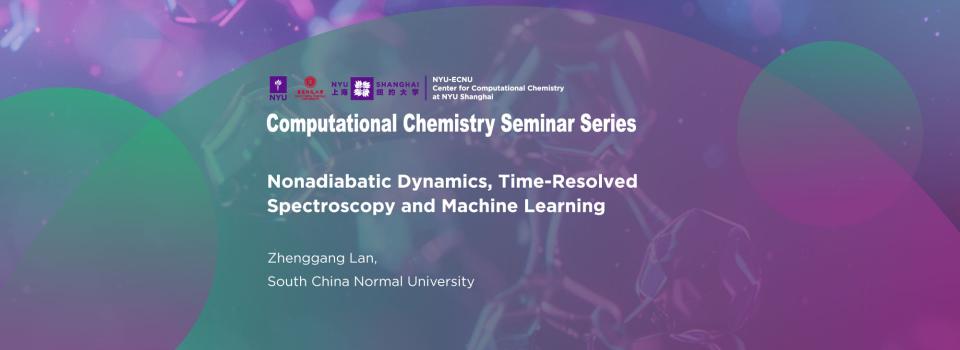
Abstract:
Nonadiabatic dynamics widely exist in photophysics, photochemistry and photobiology. We tried to develop theoretical approaches to study the photoinduced nonadiabatic dynamics.
As time-resolved spectroscopy is a very important tool to study the ultrafast dynamics, it is necessary to simulate these spectral signals for the understanding of the experimental observations. We combined the doorway-window representation of the nonlinear response theories and ab initio nonadiabatic dynamics to simulate various time-resolved pump-probe spectra, including transient absorption spectra, time-resolved fluorescence spectra and two-dimensional electronic spectra. We also combine the trajectory surface hopping dynamics and the elastic scattering theory to simulate the ultrafast electronic diffraction signals.
We tried to combine deep leaning method and numerical accurate quantum dynamics approach to simulate the long-time quantum evolution of open quantum system. This approach allows us to obtain the evolution of reduced density matrix of open quantum system with a low computational cost. It demonstrates that the deep learning approach is the important tool to speed up the long-time quantum evolution. The similar time-series analysis tool can also be used to propagate all nuclear and electronic degrees of freedom in the trajectory evolution of the SQC-MM dynamics.
Seminar Series by the NYU-ECNU Center for Computational Chemistry at NYU Shanghai
This event is open to the NYU Shanghai, NYU, ECNU community and the computational chemistry community.


